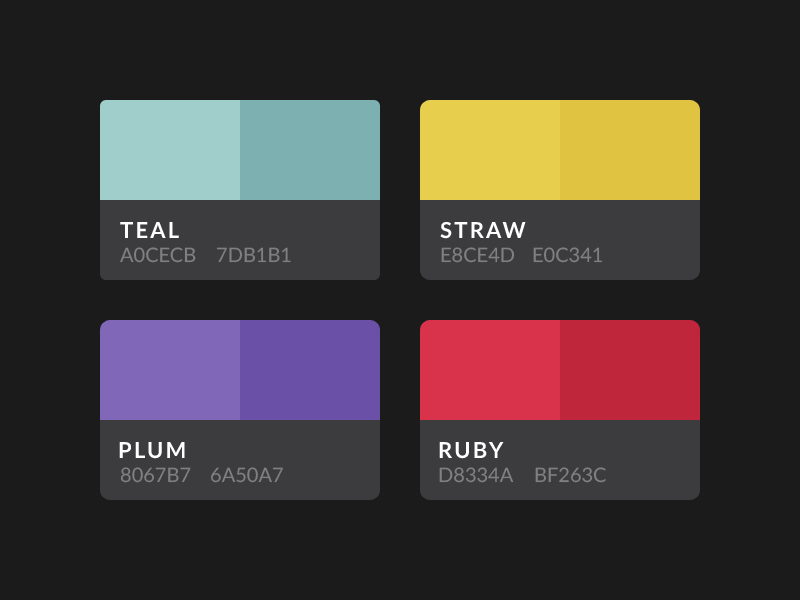
“Be brave — you know you want to,” urges Laurence Llewelyn-Bowen, referring to the use of colour in home decor. More than half of Britain’s top 10 colours are variations on cream and, much to Laurence’s disgust, magnolia is at No 1. His task in Design Rules is to transform a north-facing family dining room in a Victorian house which has fallen on “decorating hard times.”
Laurence is tempted by purple, which, despite being his trademark, has only been slapped on walls by the designer four times over his television career. But Laurence also wants a wrap-around colour palette to really bring the room to life.
Despite Laurence’s protestations to the contrary, colour consultant Annabel Alton suggests that people’s colour choices are determined by something more than individual whim — the zeitgeist. In the early Seventies, during the Winter of Discontent, she says, neutral colours came to the fore. In 1979, when Margaret Thatcher came to power, there was a new spirit of optimism and deep, rich, powerful colours became popular. After September 11, America turned to blues and greens: colours which are cooler and symbolise peace. Similarly, says Annabel, these colours are emerging in Britain in the aftermath of the Iraq conflict.
Totally immune to the zeitgeist, however, Laurence considers light, space and the use of the room before choosing a “gorgeous, fruity” colour for the dining room.
